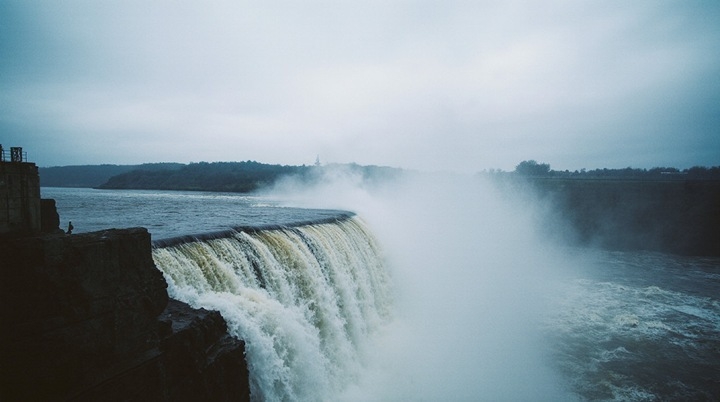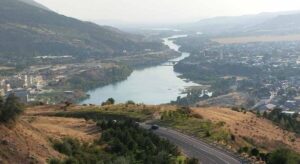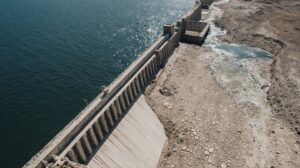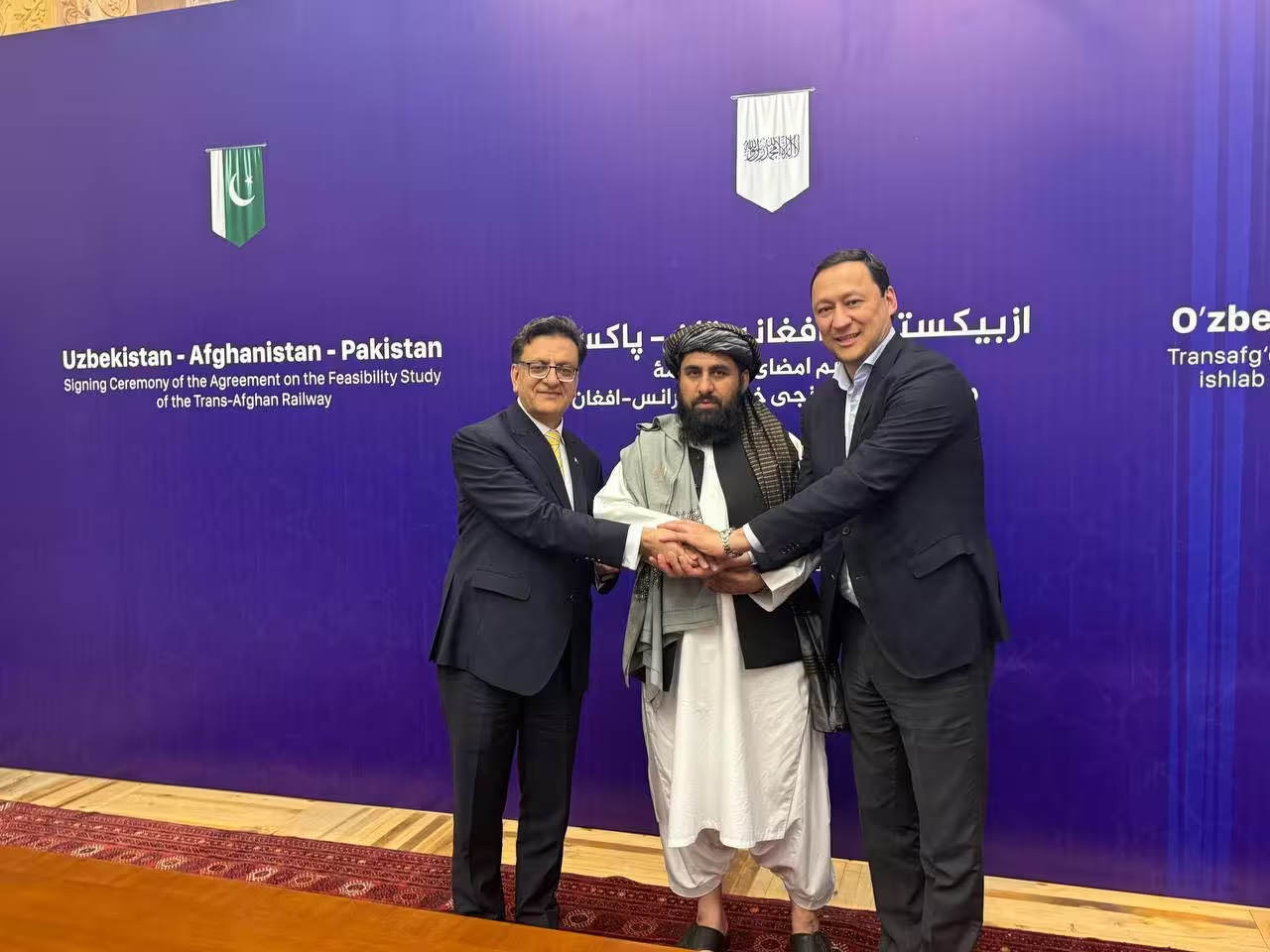Uzbekistan has adopted the Water Code – a document of strategic importance for a country where water is one of the most valuable and limited resources. The new rules of the code introduce stricter rules and clear regulatory mechanisms that will directly affect the operation of hydroelectric power plants, dams and reservoirs.

A key aspect of the new legislation – is the detailed regulation of water use for hydropower needs. Article 97 of the Water Code of Uzbekistan expressly defines the procedure for the use of water bodies for these purposes. Now the activities of hydroelectric power stations must be carried out on the basis of an integrated approach that takes into account the interests of not only the energy sector, but also other sectors of the economy and, most importantly, the population. Enterprises operating hydraulic structures are required not only to generate electricity, but also to strictly comply with the established operating conditions of reservoirs. This includes maintaining design water levels, ensuring sanitary and environmental releases, and preventing sudden fluctuations in water levels that could damage downstream ecosystems.
Particular attention in the document is paid to the safety and technical condition of hydraulic structures, which include dams and dams. The owners of such facilities, according to Articles 84-87, bear full responsibility for their proper operation and timely repair. Article 87 of the new code explicitly stipulates that the use of hydrotechnical facilities that are publicly owned may be carried out on the basis of PPP (public-private partnership) projects. This opens the door to attracting private, including foreign, investment in the construction, modernization and operation of dams and hydroelectric power stations. However, any project, whether public or private, will have to undergo a rigorous government review, including an environmental impact assessment.
In parallel with the development of hydropower, the new Water Code of Uzbekistan significantly strengthens environmental requirements. One of the most important innovations was the establishment of clear sizes of water protection zones and coastal strips for all water bodies, including reservoirs. According to Article 126, the width of such zones varies depending on the size of the reservoir: for large reservoirs (volume over 0.5 billion cubic meters) it is 200–250 meters. Within these territories, a special regime of economic activity is being introduced aimed at protecting water resources from pollution, clogging and depletion.
Within water protection zones, the placement of industrial enterprises, warehouses of chemicals and fuels and lubricants, as well as any activity that could lead to soil erosion and deterioration of water quality are now strictly prohibited. This is a direct requirement for everyone who conducts economic activities near dams and reservoirs. In addition, Article 139 imposes an obligation on owners of hydraulic structures to take measures to preserve the favorable condition of water bodies and landscapes. This includes mandatory environmental monitoring, activities to prevent siltation and «blooming» water, and biodiversity conservation.
The new code also provides for mandatory state environmental assessment for all projects for the construction and reconstruction of facilities that affect the condition of waters (Article 142). This means that no new dam or hydroelectric power station can be built without a comprehensive assessment of its potential harm to nature and the development of measures to minimize it.
It is also noteworthy that in the text of the new Water Code of Uzbekistan there is no direct mention of the terms «small hydroelectric power station» or «microhydroelectric power station». The legislation does not distinguish them into a separate category with a special, simplified regulatory regime. All regulations concerning hydropower are formulated in a general way for «hydropower plants» (Article 97) and «hydraulic structures» (Article 87), without any classification according to installed capacity or size.
Thus, the new Water Code of Uzbekistan lays the legal basis for the transition to a more sustainable model of water use, where economic benefits from hydropower should not be achieved at the cost of irreversible damage to the country’s ecology.




